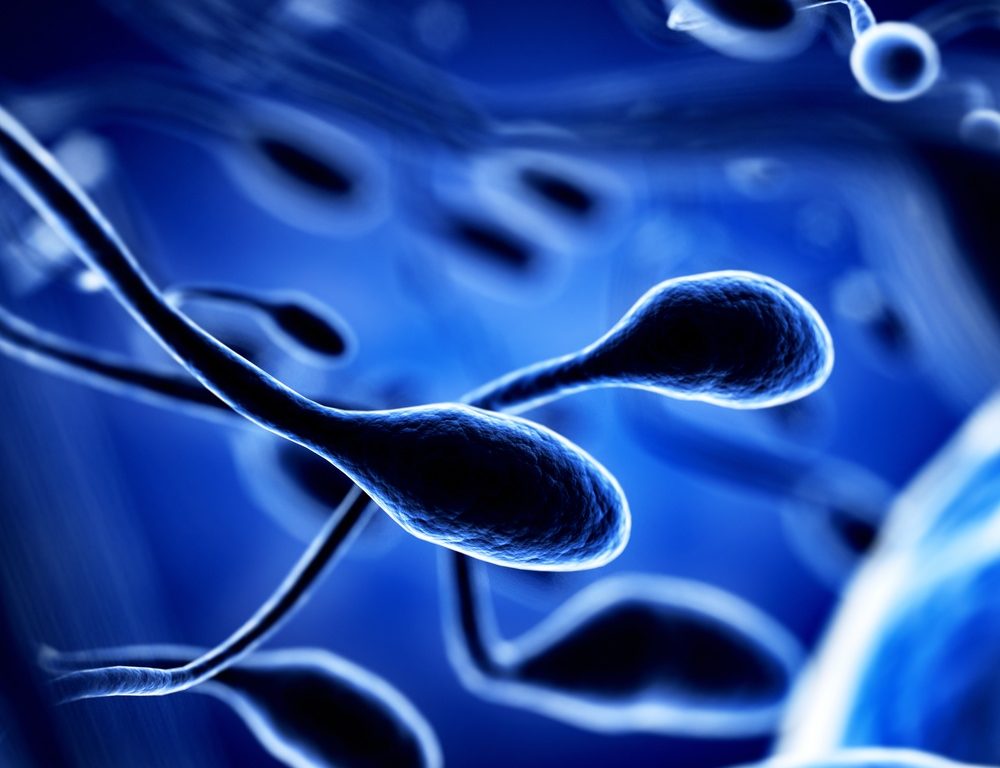A single spermatozoon is a remarkable achievement of nature. This is the smallest and most physically active cell in the human body and is highly specialised for one simple function – fertilisation of the egg. To achieve this, the sperm have adapted to eliminate all unnecessary baggage. The sperm consists of a tail connected to a biological engine which provides huge energy supplies for the long journey to the egg. At the head of the sperm is tiny bag-like structure called the acrosome, which detonates on contact, shedding enzymes which cut through the outer layers of the egg allowing the sperm access to the surface, where it binds and then enters initiating fertilisation. This must surely be one of the most beautiful functions in all biology.
Between the acrosome at the head and the engine at the tail is the all-important payload of the sperm, the male DNA. The DNA occupies most of the area of the sperm head, there is very little else as the usual cellular cytoplasm or cellular machinery are absent, the embryo derives all these things from the egg. This is why the egg is the largest cell in the human, full of everything to get the embryo off to a good start. All the sperm brings to the party is its crucial DNA contribution. The sperm DNA itself is highly packaged into a very small space, which also protects it against damage.

